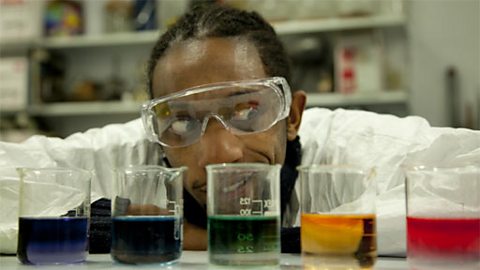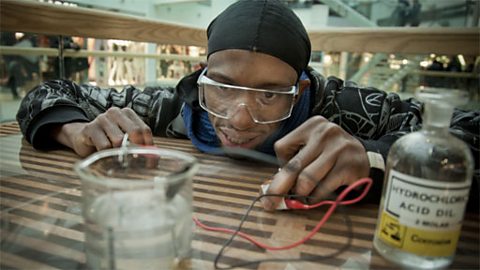Science presenter Jon Chase demonstrates that a large piece of expanded polystyrene will dissolve in a very small volume of propanone.
He defines the terms solute, solvent and solution. By dissolving sugar into cups of tea, Jon demonstrates that solutions can become saturated.
When one of the cups is then cooled down, some of the sugar recrystallises, demonstrating that the solubility of most solids increases with temperature. But most gases become less soluble at higher temperature, and Jon demonstrates how to use this principle to make clear ice cubes.
Teacher Notes
Following the short film, students could investigate the solubility of different solutes, with some groups changing the solute, some groups changing the solvent and other groups changing the temperature. Note that not all solutes increase in solubility as the temperature rises.
For example, try sodium sulfate. Students could prepare saturated solutions and then grow crystals in them as they cool down. Relate the topic to the solubility of fertilisers.
Curriculum Notes
This short film will be relevant for teaching chemistry and science in general at KS3 and KS4 in England, Wales and Northern Ireland and National 4/5 in Scotland.
More from Chemistry Bites:
Acids and alkalis. video
How carbon dioxide levels in the atmosphere are causing the pH of the oceans to change.

Electrolysis and electroplating. video
A demonstration of electroplating a copper coin with zinc.

Endothermic and exothermic reactions. video
An endothermic reaction and an exothermic reaction are shown and explained.

Endothermic and exothermic reactions. video
An endothermic reaction and an exothermic reaction are shown and explained.
